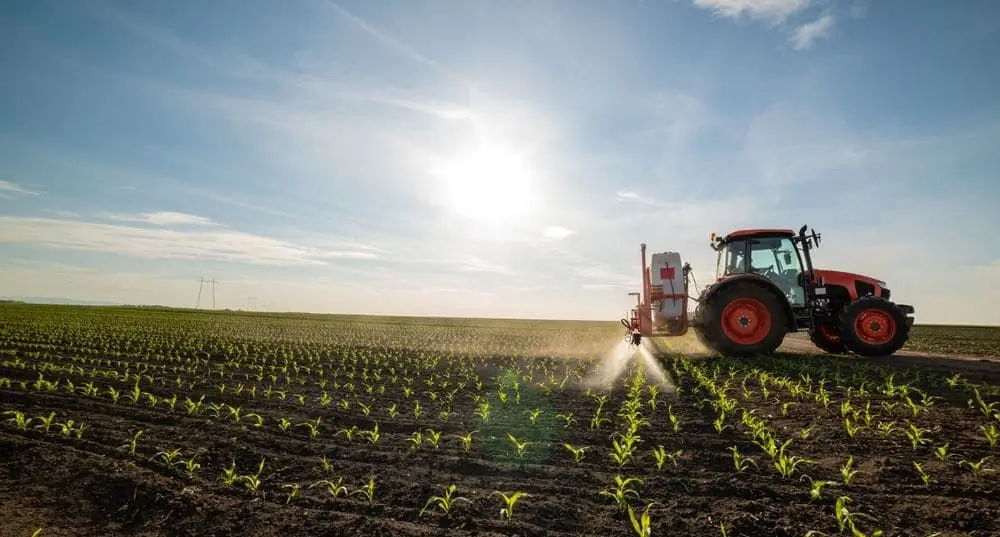A Comprehensive Guide to Simbramento
Animal husbandry and agriculture both possess long histories rich with traditions, terminology and methodologies. One such term that remains relatively obscure but significant is “simbramento,” which has its origins in scenic landscapes and pastoral areas of southern Europe, particularly Italy, as well as contemporary applications related to the sustainable management of livestock. This article investigates this term’s meaning, historical significance and modern applications pertaining to its sustainable management.
What Are My Simbramento Options?
“Simbramento” in Italian refers to the annual gathering, or congregation, of animals, such as sheep and cattle, to mountain pastures for summer grazing. This term encompasses both the custom and occasion for this tradition of transhumance systems in general.
The term “simbramento” comes from Latin for animal or group, “simbrum.” Over time, however, this has come to signify gathering herds together for communal grazing during hot summer months.
Historical Background Provided Here
Origins in Transhumance
Simbramento’s roots lie firmly within the traditional practice of transhumance – seasonal migration of animals between winter and summer pastures for pasture grazing – in Mediterranean and Alpine regions, created as an adaptation to climate limitations and optimal resource usage. This tradition developed out of necessity.
Cultural Significance
Simbramento used to be more than just an economic necessity – it was an event with great cultural significance. Each summer’s climb up the mountain pastures signalled a new cycle of pastoralism, which would then be celebrated with celebrations and gatherings for all members of the community. This tradition created both identity-based and cooperative identities among rural communities.
Legal and Social Frameworks
Simbramento in many areas was governed by laws based on tradition and community agreements, with herd sizes, pasture rights and grazing times set according to traditional practices and fair access for resources that had been handed down from generation to generation. Such regulations often referenced traditional beliefs from one generation to the next.
Simbramento Process
Prep Work
Simbramento typically starts in late spring or summer. Farmers prepare their animals by making sure they are fit and healthy before making the trek, as well as gathering supplies such as food for herders, medical kits, and tools that they will require during their expedition.
Migration
Every spring and fall, herders gather their animals before beginning the long trek towards highland pastures. The trip may last multiple days, depending on distance and terrain conditions; most routes follow ancient paths used by many generations in the past.
Grazing Season
Once at their summer pastures, animals can graze freely on alpine meadows rich in nutrients. Herders stay nearby and often remain in temporary shelters or huts to monitor health statuses and protect themselves from predators.
Return
Once grazing season ends in early autumn months, livestock are collected and transported back into their winter quarters in plains or valleys – signalling an end to the simbramento cycle.
Environmental and Economic Importance of Soils
Sustainable Land Management Techniques
Simbramento plays an essential role in sustainable land management. By rotating grazing areas, it helps prevent overgrazing, promotes biodiversity and preserves highland and lowland ecosystems.
Economic Benefits
Simbramento has long been considered an integral component of rural communities’ economies. It allows the most efficient use of available resources, which reduces feed costs while improving livestock health and performance. Products produced from animals grazing on highland pastures, such as meat, cheese and wool, have often been recognised for their superior quality.
Biodiversity Conservation
Habitats created through traditional grazing practices support an abundance of animal and plant species. Simbramento helps preserve open landscapes while preventing invasion contributes to mountain biodiversity preservation.
Simbramento in Modern Times
Simbramento Still Remains Crucial
Though simbramento remains essential in certain regions, it has faced increasingly daunting challenges over the last century due to land abandonment, urbanisation and changes to agricultural policies, which have contributed to its gradual demise and therefore led to its declining use as a traditional transhumance practice.
Revitalization Initiatives
Recognising its ecological and cultural importance, various revitalisation efforts have been initiated in an attempt to bring Simbramento back into line with contemporary needs. This includes initiatives related to tourism and education programs as well as incentives for sustainable livestock grazing practices.
Integration into Modern Technologies
Today’s herders rely heavily on GPS monitoring, cell communications and advanced veterinary care to enhance traditional simbramento methods. These advancements help address issues like predator management, as well as monitoring animal health and efficient migration routes.
Cultural Heritage and Tourism
Cultural Heritage
UNESCO and other organisations have recognised transhumance and simbramento as intangible cultural Heritage, with preservation efforts already underway to document knowledge, skills and practices related to this form of transhumance.
Tourism Opportunities
Simbramento has emerged as an attractive destination for rural tourism. Visitors can experience transhumance via hiking trails or participate in pastoral festivals; mountain hut stays can give an authentic glimpse into farming life.
Simbramento’s Future
Climate change poses new challenges to Simbramento, altering pasture availability and migration routes. Flexible strategies such as flexible grazing time periods and collaborative management must be employed to ensure the sustainability of this method of management.
Policy Support
Policies of the government and rural development programs play a vital role in supporting the Simbramento culture. Subsidies, infrastructure investments and legal recognition of rights to pasture all help preserve it against technological advancements.
Community Involvement
Simbramento’s sustainability relies heavily on community participation. Outreach education, intergenerational information transfer and active involvement from local stakeholders all help protect this cultural treasure.
Conclusion
Simbramento goes far beyond being just another pastoral method; it embodies the perseverance and creativity of rural communities. Balancing environmental stewardship with economic viability as well as traditional values provides valuable lessons on creating an environmentally sustainable farming system in today’s world. With increased interest in conventional biodiversity, food systems, and rural heritage, Simbramento offers an excellent example of how traditional practices can adapt and thrive even as their environments shift dramatically.
More to Read: Fascisterne



